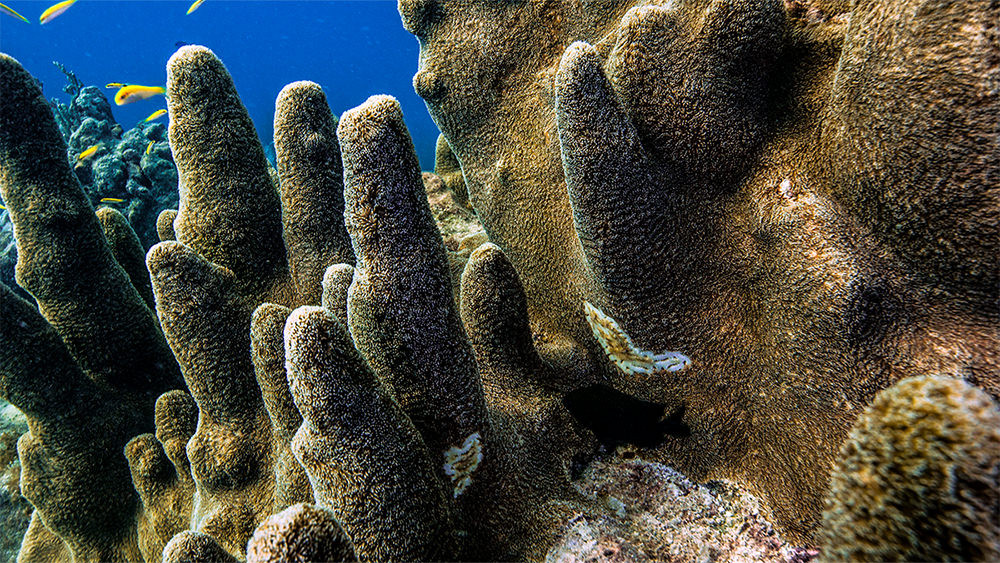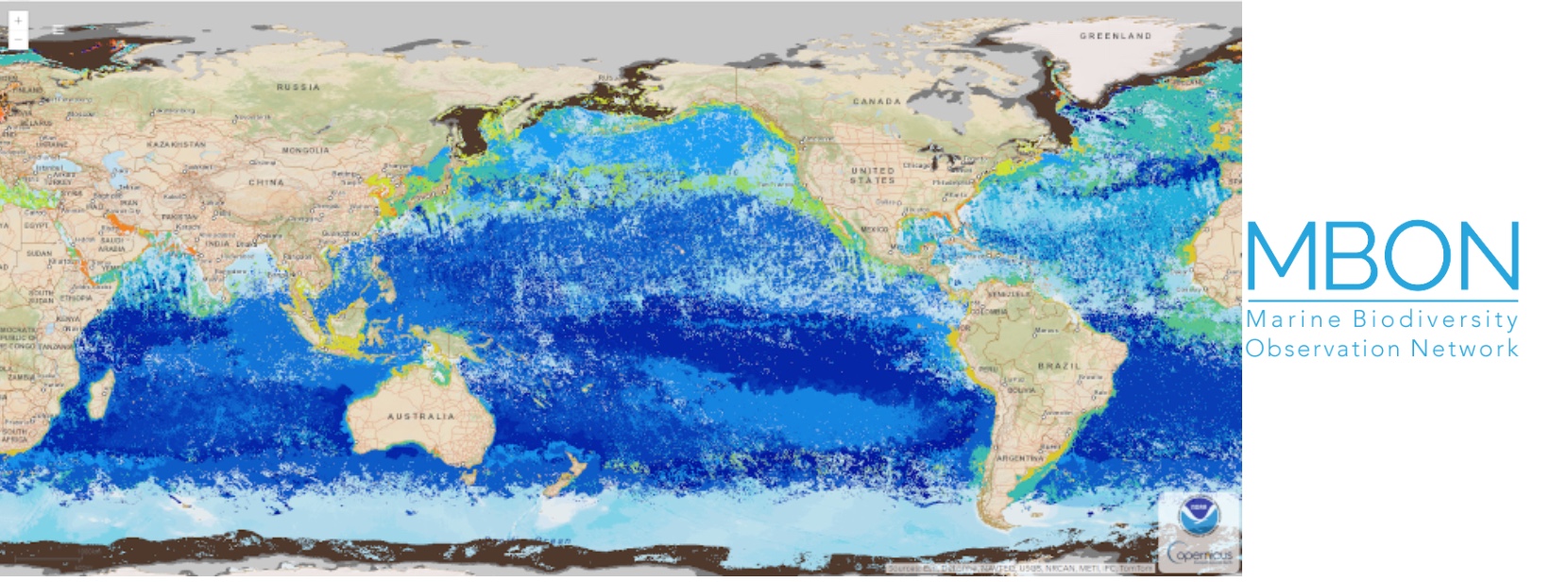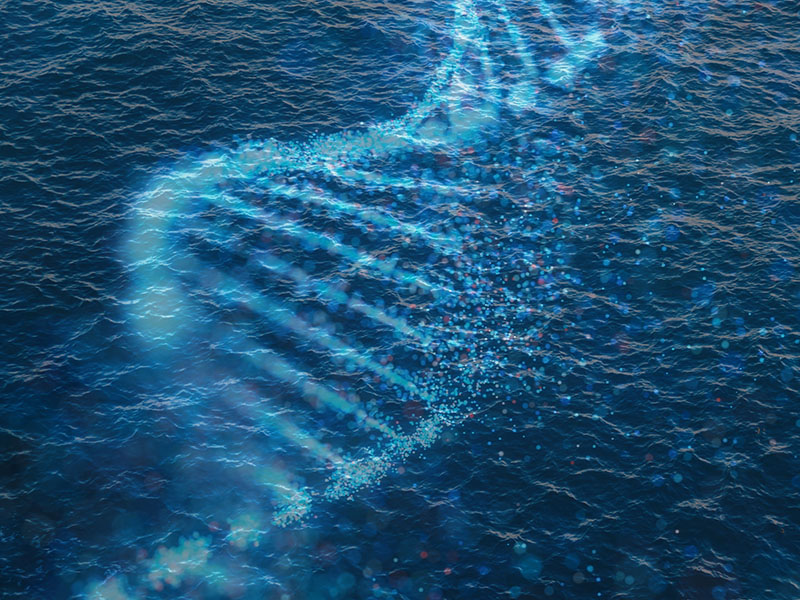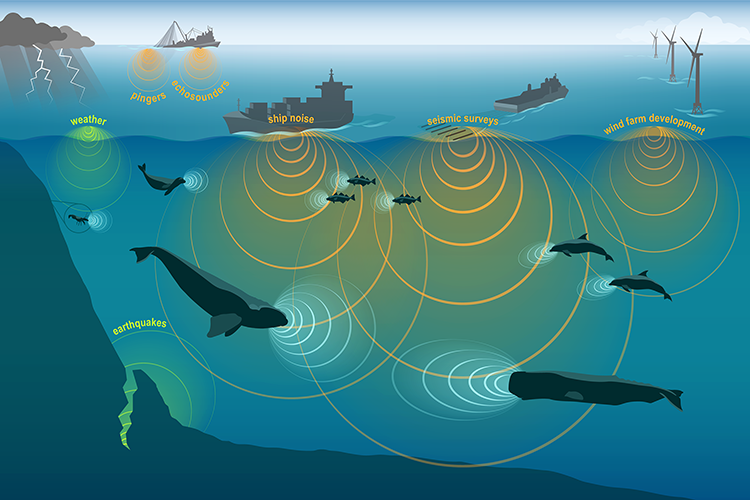Habitat providers. Animal shelters. Coastline defenders. Nutrient recycling champions.
Corals and the reefs they build provide these life-sustaining services — and the NOAA Office of National Marine Sanctuaries is tasked with managing them.
To help with managing these important resources, Sanctuary managers rely on ocean observations to inform Condition Reports — summaries of the state of the reef and of the resources in each Sanctuary. Reports include things like the status and trends of water quality, habitat, and living resources, as well as the human pressures that threaten the integrity of the marine environment. The “State of Sanctuary Resources” section of the report indicates whether conditions are steady, declining or improving.
Historically, there’s been a lack of objective criteria to justify a particular rating or assess a particular management strategy because of the complexity of these reef systems.
Now, thanks to advances in interdisciplinary monitoring capabilities, the national Marine Biodiversity Observation Network (MBON) is being developed to bridge the information gap.
“MBON is improving the ways we track natural and human systems in marine sanctuaries by using new technologies like eDNA, finding new ways to interpret data on noise in the ocean, and creating tools compiling several kinds of large-scale information into what are called seascapes,” said Dr. Steve Gittings, Science Coordinator for NOAA’s National Marine Sanctuary Program. “In combination, they give us much higher confidence in our assessments of sanctuary conditions and trends, and help us identify when management actions are needed.”
Six MBON projects, spanning Maine to Florida and Alaska to California, are in development to enable better understanding of the living marine resources that NOAA manages.
In the Florida Keys National Marine Sanctuary, one of the largest marine protected areas in the U.S. that encompasses nearly 2,900 square miles (9,933 km), the South Florida MBON team is working with GCOOS and SECOORA to better characterize resource status so appropriate management responses to pressures can be made. Led by Dr. Frank Muller-Karger, University of South Florida College of Marine Science, it brings together satellite remote sensing, genetic analysis, fish and plankton surveys, and ambient sound recordings. Combined, these innovative approaches are providing a synoptic view of the sanctuary.

















